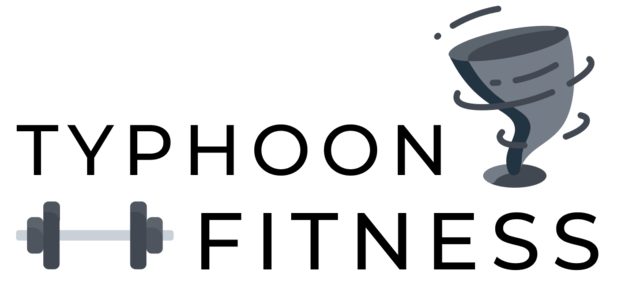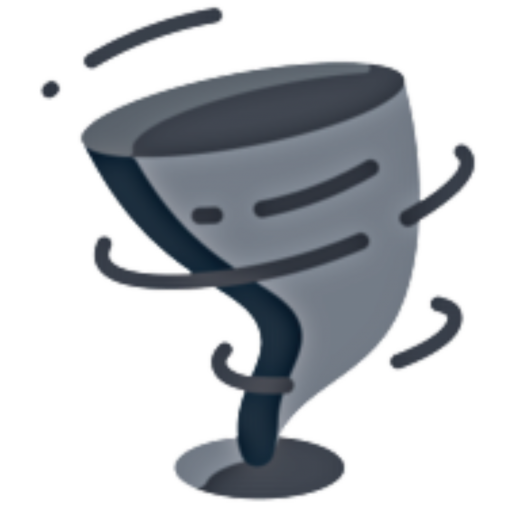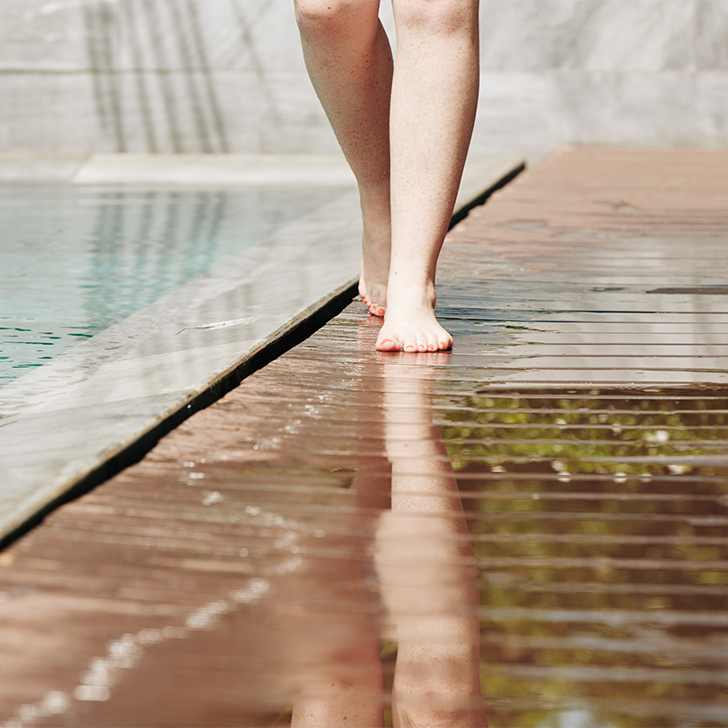
DragonImages / iStockphoto
It's undeniable: many people get heebie-jeebies at the sight of bare feet. This phenomenon traces back to the 1950s when businesses in Florida beach towns introduced "no shirt, no shoes, no service" signs. These signs were later popularized nationwide in the 1960s and 1970s as part of the counterculture era. Fast forward to today, and it's Gen Z's turn on TikTok to voice their disgust at the thought of going shoeless. It turns out there's a bit of science behind the squeamishness. According to the Cleveland Clinic, about 12% of adults harbor a fear of feet, or podophobia, whether it's their own feet or someone else’
And they're not entirely wrong. Let's face it, most of us aren't exactly vigilant about scrubbing our toes daily, leaving our feet to fend off a smorgasbord of bacteria, fungi, and viruses on their own. Saylee Tulpule, D.P.M., a podiatrist in Washington, D.C., says, "Our feet are definitely germy." Depending on where you're walking, this gets even worse. Public places like gyms, spas, or city sidewalks harbor bacteria, some of which, as a 2023 study showed, include fecal bacteria.
In a somewhat alarming revelation, a 2023 study discovered that fecal bacteria are common on city sidewalks and can easily be tracked indoors via the bottoms of our shoes—yikes! Even so, many of us enjoy the freedom of shedding our shoes occasionally. But what's the real cost of that freedom? Doctors weigh in, explaining how the germs our feet collect can impact us and what signs to watch for indicating foot problems.
Indication for Foot Problems
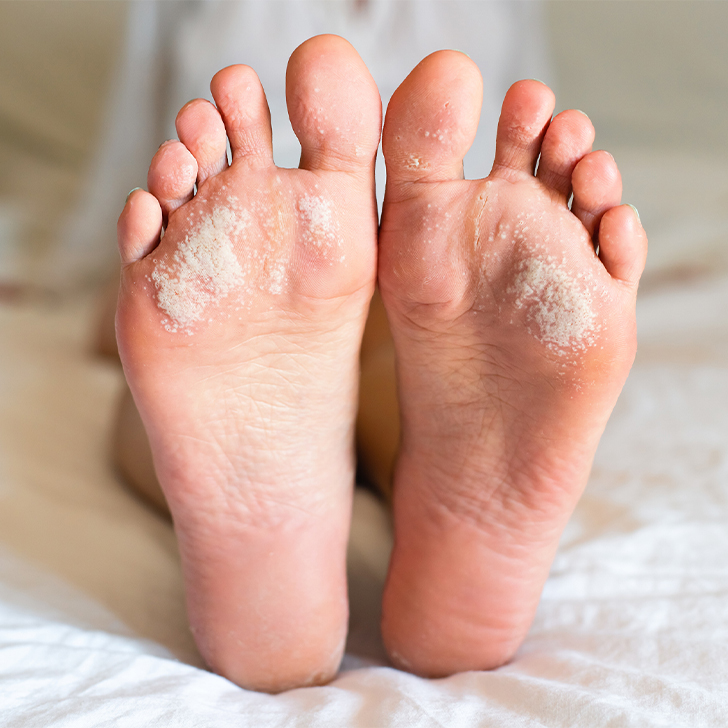
Markovtel / iStockphoto
Common foot woes associated with going barefoot include plantar warts, athlete's foot, and toenail fungus.
Plantar warts, for example, sprout from the human papillomavirus, thriving in damp environments like poolside, and are known for their distinctive, painful cauliflower-like appearance with a black center. Athlete's foot manifests as itchy, scaly patches, often contracted from damp communal spaces or overly sweaty footwear. As for toenail fungus, it starts as a mere discoloration or thickening of the nail but escalates into a painful condition that requires medical attention.
Taking Extra Care and Precautions
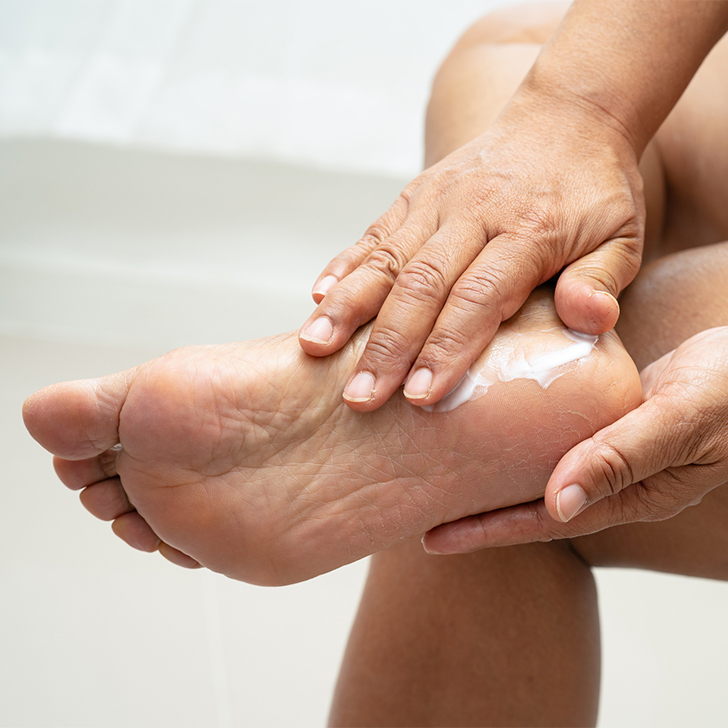
Pakawadee Wongjinda / iStockphoto
So, how do you prevent these nasty foot problems while enjoying some barefoot freedom? Podiatrists suggest limiting the time spent barefoot, especially in public areas. Opt for sandals, flip-flops, or slippers when walking in gyms, pools, or hotel rooms.
After going barefoot, wash your feet thoroughly with soap and water, including between the toes, and dry them completely to prevent moisture from encouraging fungal growth. Dr. Tulpule also recommends using antibacterial sprays or foot powders to keep the shoes clean and bacteria-free.
Lastly, don't forget to moisturize your feet. Keeping the skin hydrated helps prevent cracks that could invite bacteria inside. Use moisturizers with lactic or urea acids to exfoliate and smooth the skin, reducing the chance of infections.
In essence, while going barefoot might feel liberating, it’s important to take these precautions to keep your feet happy, healthy, and, above all, not gross. So, next time you ditch the shoes, remember: a little care goes a long way in keeping those toes in tip-top shape.
